Reading Time: 4 minutes
Ruchira takes us on a tour of Lucknow, where currents and crosscurrents of divergent cultures intermingled and blended, to finally emerge as a new composite whole. Read more in the weekly column, exclusively for Different Truths.
Lucknow always fascinates me. For long it remained a Carrefour where currents and crosscurrents of divergent cultures intermingled and blended, to finally emerge as a new composite whole.
Antecedents
A legend says the city of Lucknow, located on the banks of river Gomti, is named after Lakshman, one of the brothers of Ram, the protagonist of the Hindu epic Ramayana. According to another version, its original name was Lakshmanavati (‘fortunate’ in Sanskrit). The city is located in the heartland of Awadh, the fertile plain between the Ganga and the Yamuna rivers, geographically known as the Doab. During the 18th-century Mughal rulers appointed Nawabs to ensure efficient and smooth administration of the region. In 1732, Mohammad Amir Saadat Khan was appointed as the viceroy of Awadh. Thence arose a powerful dynasty of the Nawabs, which transformed the Awadh region for good. In 1775 Asaf-ud-Daula, the fourth Nawab moved the capital from nearby Faizabad to Lucknow. To him goes the credit of building magnificent pieces of architecture in the city. During the reign of Nawabs, Lucknow reached the pinnacle of glory and splendour. At various points in time, it garnered many sobriquets like Constantinople of India, Shiraz-i-Hind and the Golden City of the East.
Cultural Heritage
Over the centuries Lucknow became the fountainhead of poetry, dance music, architecture, and drama. Kathak, the famous Indian classical dance form has its roots in Lucknow and adjoining areas. It was in Lucknow that the Urdu language acquired its finesse and perfection. The city was witness to the enrichment and polishing of the language.
Modern History
During the political turmoil that occurred before and after the Sepoy Mutiny, Lucknow was in the spotlight again. In 1856, the East India Company annexed Awadh placing it under a chief commissioner. The incumbent Nawab Wajid Ali Shah was imprisoned and exiled to Calcutta. In 1857, the rebel soldiers laid a siege on the Residency which housed the garrison of British troops stationed in Lucknow. The end result was a human tragedy. The ruins of the residency still stand – a silent testimony to the political drama that unfolded here many moons ago. After Shah was exiled one of his wives, Begum Hazrat Mahal and her band of supporters, rebelled against the British. For a while, they captured power in Lucknow but eventually had to retreat. Still later from 1919-1922 the activists of the Khilafat Movement, staunchly supported by Maulana Abdul Bari of Firangi Mahal Lucknow, gained a foothold in the city.
Lifestyle& Culture
Political history apart Lucknow was the cradle of the famous Ganga-Yamuni culture. Utterly secular in nature it highlighted fraternity and cordiality among Hindus and Muslims. The focus was on humanity rather than community. The keynote of the prevalent lifestyle was tehzeeb, tameez aur nafaasat (manners, etiquette, and sophistication). The emergence of this cult may be ascribed to the Awadhi Nawabs who attempted to enjoy life to the hilt and looked for perfection in every aspect.
Tourist’s Point of View
On a personal note, I had the chance to visit Lucknow on two occasions. Once as a schoolgirl during a summer vacation in the late 70’s. Again, I revisited the city about six years ago. The famous tehzeeb remains intact and is palpable at almost every step. It was so refreshing to be treated with politeness – contrary to the brusqueness and rude behaviour of Delhiwallahs, which we are accustomed to. A sightseeing of Lucknow is a day’s work. The majestic Bada Imambada was impressive. It was great fun to enter the Bhulbhulaiya (maze/labyrinth) where we nearly lost our way. I could visualise how in the days of yore, royal courtiers played hide and seek here for recreation. The maze also doubled up as the site for secret meetings, rendezvous, et al. Though slightly smaller in size, the Chhota Imambada also displays marvellous architecture. Another landmark, the Clock Tower was built in 1881 to mark the arrival of Sir George Couper, the first Lieutenant Governor of the United Province of Awadh. It is a harmonious blend of Victorian and Gothic styles of architecture. A visit to the State Museum is worthwhile. The place houses a vast array of artifacts, weaponry, paintings and more. Visit the Rumi Darwaza, the hallmark of Awadhi architecture. The design is inspired by a similar gateway in Istanbul aka ‘Rum’ (Rome of the East) in the medieval age. Hence the name.
Culinary Delights
A tour of Lucknow is meaningless without experiencing its gastronomic marvel, the Kebabs. These kebabs have an unending variety, Tunde, Kakori Shami, Galawati, Boti, Patili-ke-Kababs, Seekh and Ghutwa Kababs. Trust me, each piece is succulent, perfectly spice exudes a distinct aroma and really melts in the mouth. Other items of Awadhi cuisine i.e., biryanis, nahari-kulchas, roomali rotis and warqi parathasare a must-have.
Lucknow is a haven for the exquisite chikankari on cotton the perfect fabric for the sweltering India summer. Available everywhere at pocket-friendly rates. If you are looking for upmarket stuff head to Hazratganj a famous shopping area of old Lucknow.
So what are you waiting for? Plan a brief holiday in the flamboyant city of Nawabs, replete with fun, food, and shopping!
©Ruchira Adhikari Ghosh
Photos from the Internet
#Lucknow #Travel #Food #Shopping #HistoryOfLucknow #Chikankari #Tehzeeb #TheCityOfNawabs #TravelIndia #VisitingLucknow #SliceOfLife #DifferentTruths

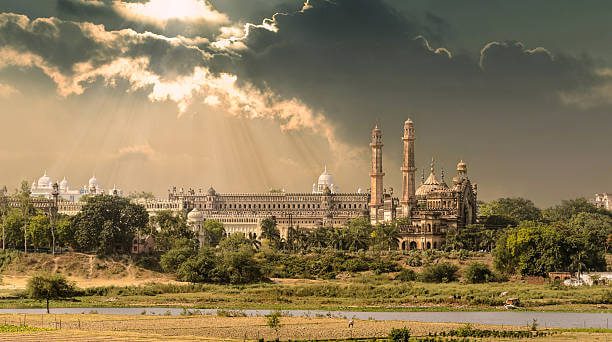
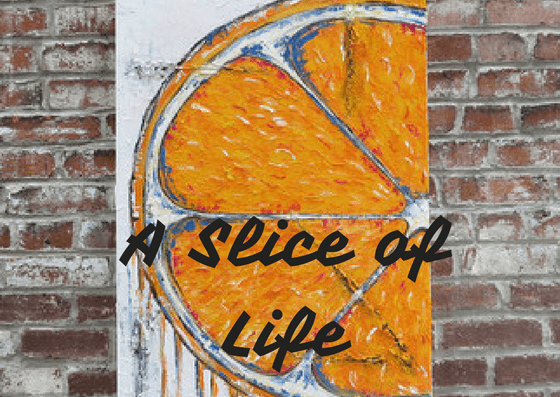
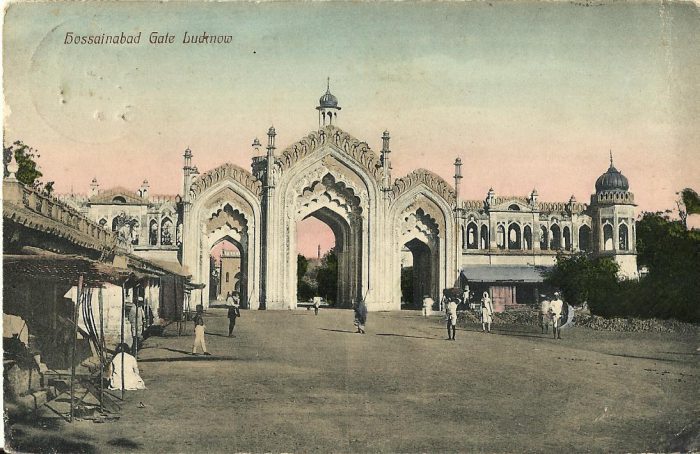
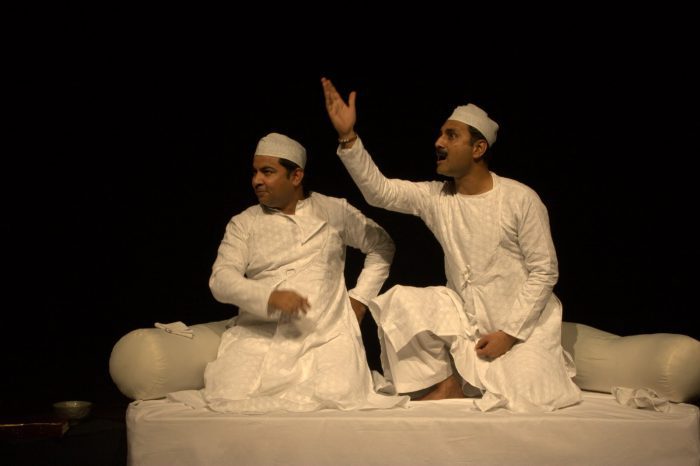
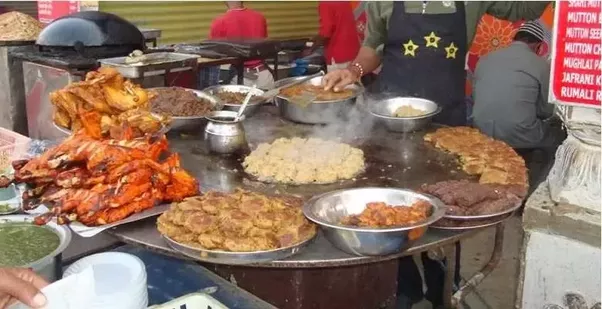
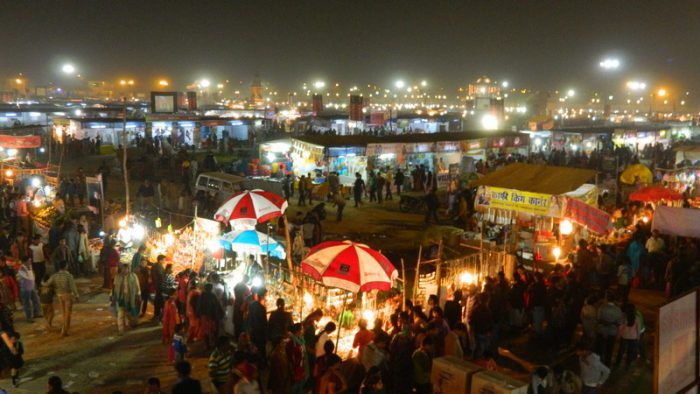











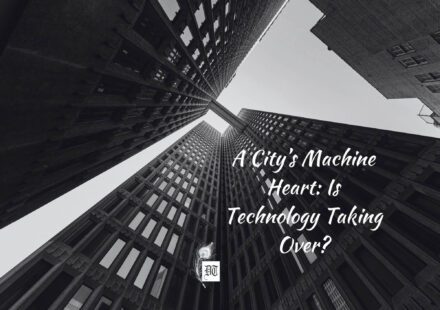


Which one is your photography, please specify. As most pictures are from the internet, often the picture does not have the name of the individual. We have not intentionally omitted any credit.